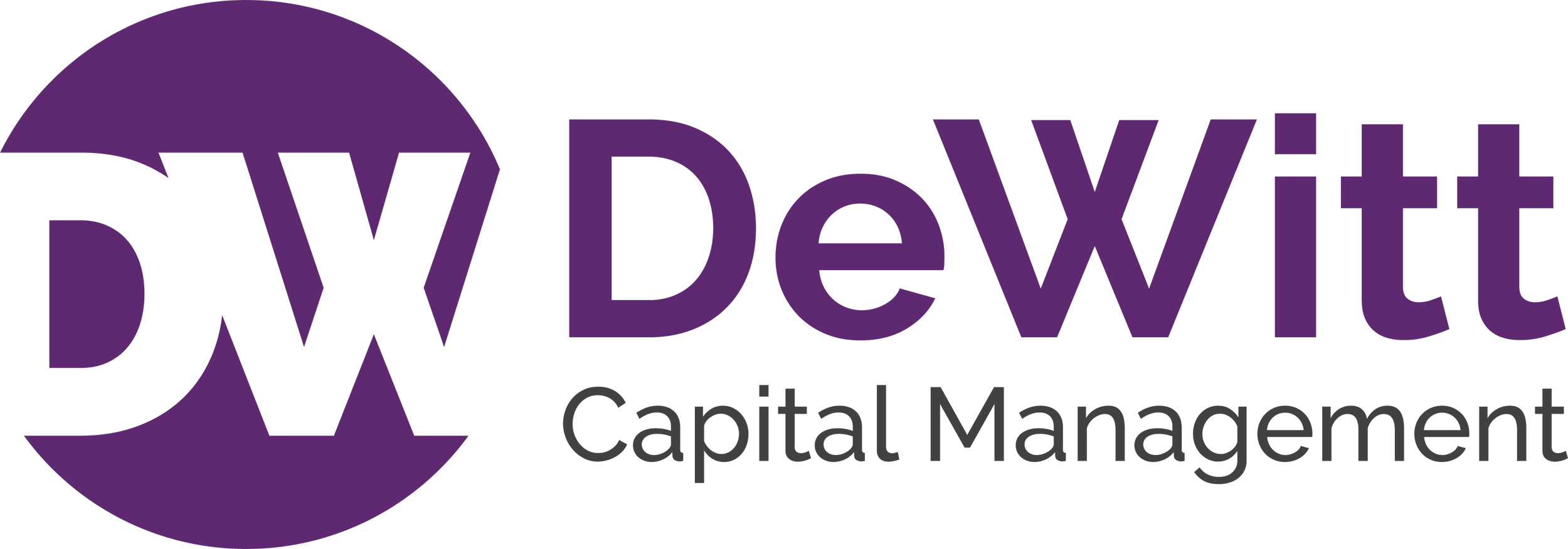If you’ve found yourself worrying more about your retirement planning more over the last year, you’re not alone. Almost half (46%) of Americans are reevaluating retirement planning to assess the financial impact of COVID-19. And they are also concerned about the potential for tax increases over the next several years. That number goes up to 62% when asked if it has become more important to develop a strategy to address taxes in retirement.1
There’s a clear source of worry too – only 51% of survey respondents felt that they know how to leverage taxable, tax-deferred, and tax-free accounts, which is a key piece of managing income streams in retirement to keep taxes as low as possible.
However, people are taking proactive steps: More people have engaged a financial professional for the first time due to the impact of COVID-19 (31% vs 24% in April 2020). And working with a financial professional has gotten easier – 53% are more comfortable working virtually with an advisor than last year.

If You’re Still Working
The first step to getting taxes as low as possible – and maximizing savings – is to take advantage of tax-deferred accounts such as 401(k)s and IRAs. If you work for a company that provides a matching contribution to a 401(k) plan, make sure you contribute the amount necessary to get the match. A good rule of thumb is 15% of salary, but if you can afford it, contributing the maximum ($19,500 or $26,00 for those over 50) is a great way to boost savings while lowering your taxable income.
If you are below the maximum income level of $140,000 for a single filer, opening a Roth account is also an option. You fund these with after-tax dollars which grow tax-free and qualified withdrawals are tax-and penalty-free.
Regular taxable accounts, which you open at a brokerage firm, are funded with after-tax dollars and are a good home for tax-efficient investments. As you transition into retirement, you’ll want to deploy all three types of accounts to keep as much of your income as possible in your own pocket.
If You’re Retired
Even if you didn’t set up accounts with different tax treatments when you were working, it’s not too late. You can convert a traditional 401(k) or IRA to a Roth account while in retirement.
The Roth IRA allows investments to grow tax-free, distributions are not taxed, and there are no required minimum distributions. Combined, these benefits can be part of a successful retirement plan, one that ensures you can invest for the growth your long-term plans need, while still managing your income in a way that creates tax efficiency.
Traditional IRAs and 401(k) plans require minimum distributions (RMDs) to be taken, starting at age 72. The amounts of these change from year to year based on the value of the plan, and they are taxed as income.
Besides the tax implications, your investment strategies must be managed around the need to generate cash for distributions, which can force you to liquidate at points where you might prefer to stay invested. This can impact your long-term returns.
To avoid a big jump in income in any one year, which can impact social security taxes and also result in you having to pay a Medicare surtax, it may make more sense to set a plan to complete the rollover over the course of several years, so that you can manage the impact to income and taxes.
The Bottom Line
Life has become a little more complicated, but new virtual tools are making tried-and-true financial planning solutions easier to access.
- The 2021 Nationwide Retirement Institute Tax-Efficient Retirement Income Survey. The Harris Poll. March 25, 2021.
This work is powered by Seven Group under the Terms of Service and may be a derivative of the original. More information can be found here.



